Forts: Star Fort — “It Was A Hot Place”
 The 18th Connecticut Regiment joined General Robert Milroy’s command at Winchester, Virginia, in May 1863. Recruited in August 1862, the unit had spent its early months of service at Fort McHenry and other Baltimore defenses before heading to the Shenandoah Valley were the majority of their war action would occur. Arriving at the Union-occupied city in the lower (northern) part of the Valley, the 18th Connecticut had less than a month to get settled before their inauspicious journey to prison. However, those weeks, their first battle, and their early days as prisoners of war centered around a particular defensive position located northwest of Winchester: Star Fort.
The 18th Connecticut Regiment joined General Robert Milroy’s command at Winchester, Virginia, in May 1863. Recruited in August 1862, the unit had spent its early months of service at Fort McHenry and other Baltimore defenses before heading to the Shenandoah Valley were the majority of their war action would occur. Arriving at the Union-occupied city in the lower (northern) part of the Valley, the 18th Connecticut had less than a month to get settled before their inauspicious journey to prison. However, those weeks, their first battle, and their early days as prisoners of war centered around a particular defensive position located northwest of Winchester: Star Fort.
Winchester was a “war-zone” town during the Civil War, changing hands at least 70 times during the conflict. Confederate sympathies ran strong with the vocal civilian population, and by the spring of 1863, the white southerners were glaring threats at Union General Robert Milroy. Milroy had done little to endear himself to these civilians, severely limiting communications, requiring oaths of allegiance under certain circumstances, instituting curfews, and taking over the homes of prominent citizens for military quarters. A committed abolitionist, Milroy had also quickly enforced the Emancipation Proclamation, ensuring freedom for the community’s enslaved population. To defend the “Yankee-held” city and lower portion of the Shenandoah Valley, Milroy constructed or improved a series of forts around Winchester.
Confederates had actually constructed ten forts around Winchester in 1861-1862 as part of “Stonewall” Jackson’s plan to defend high ground, road approaches, and railroad lines toward the city. Some of the defensive positions were small earthworks, others were more traditional earthen forts. Under Milroy’s occupation the defensive network grew and improved.
One of the largest forts expanding under Milroy’s watchful gaze sat northwest of the town and was called “Star Fort.” When the Confederates started digging at this defensive high ground, they called it “Fort Alabama.” Milroy took the fortifications to an entirely new level. Instead of creating one or two strong sides of his new fort, the Milroy wanted a fort that would be protected in all directions: a star-shaped fortification.
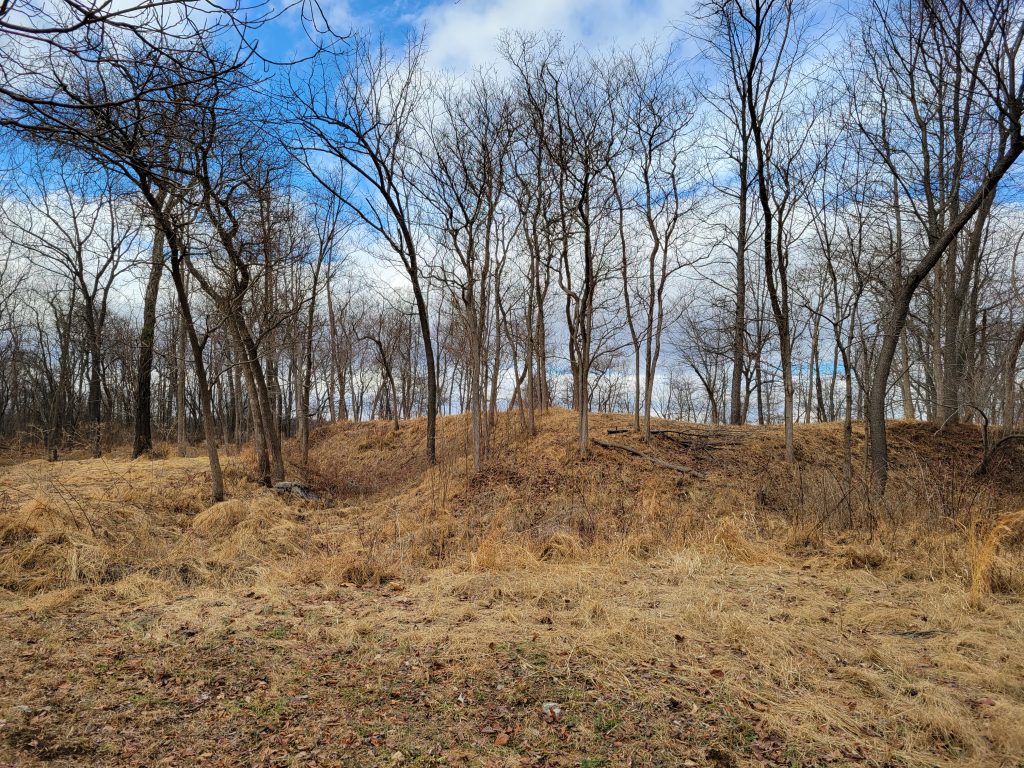
Soldiers of the 18th Connecticut helped to create Milroy’s fortification vision, marching from their camp to the fort site each day. “Severe duty began right away. Picket, scouting through the country, working on the fort and rifle pits, with axe, pick, and shovel. The large fort was known as Start Fort. Many of the boys had never used or handled that kind of tools. It was hard work. After a hard day’s work came the march back to camp, a distance of about four miles. Then clean up and get something to eat.”[i]
Star Fort took shape under the “axe, pick, and shovel” wielded by Union volunteers. The eight sided structure would eventually mount eight cannon and offer limited shelter for 1500 troops. Defensive lunettes and gun platforms protected the artillery while rifle pits and entrenchments outside the “walls” would protect defending infantry.[ii]
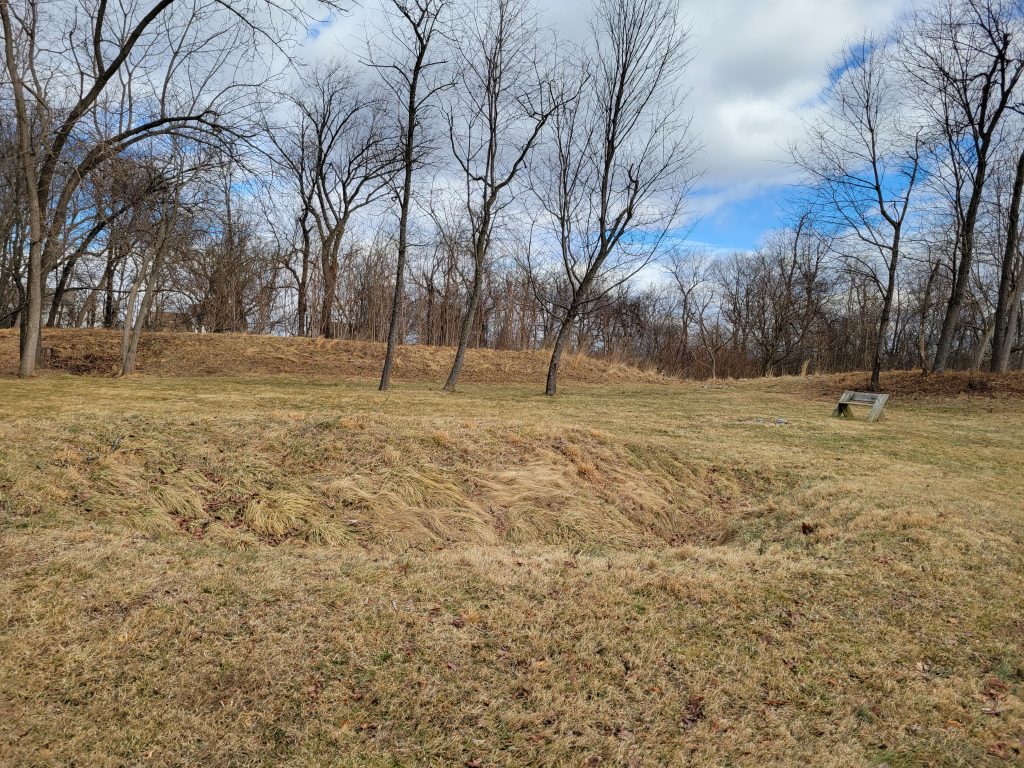
By mid-June 1863, the Confederate Second Corps of the Army of Northern Virginia plunged down the Shenandoah Valley, heading for the Potomac River with marching orders for a Pennsylvania Campaign. Liberating Winchester from General Milroy and his “Yankee oppression” was high on the list. The Second Battle of Winchester, fought June 13-15, systematically forced Union defenders out of their carefully prepared forts and gave the Confederates access to the city.
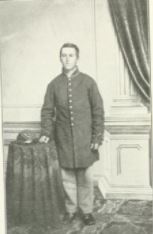
Charles Lynch, a soldier in the 18th Connecticut, remembered when Milroy pulled back to Star Fort:
About 6 P.M. General Milroy called in all his forces and formed them around the Star Fort, the largest fort. A fierce battle came on. It was a hot place. The roaring of the big guns, explosion of shells, rattling of musketry, was something fearful. The charging of both sides was hot work. We drove the enemy back and they also forced our lines back. Darkness put an end to the carnage and I had passed through the battle unharmed. The end of the second day. The casualties were great as I could not help seeing. It gave me an opportunity to see what a horrible thing war really was. We were fighting Jackson’s old corps, now commanded by General Ewell, reported to number forty thousand.[iii]
At Star Fort, Captain Frederick Alexander commanded six 3-inch Ordnance Rifles, firing on advancing Confederates who captured other nearby defensive positions. From Star Fort, Milroy concluded all was lost and made plans for his retreat.[iv] He forced Alexander to spike the guns at the fort and the remaining defenders escaped into the darkness.
The 18th Connecticut helped to cover the retreat toward the Potomac, losing 597 casualties but winning high praise from their commanding general.[v] A large number of the regiment were captured, and the Confederates took their prisoners back to Star Fort for temporary holding. The regimental history described what happened next:
The captured remained in the town but a short time, and then were marching back to the Star Fort they left so secretly in the morning. The rebels called this “Fort Jackson” in honor, no doubt, of “Stonewall Jackson.” Here the men were closely watched, and every precaution taken to prevent their escape. Their condition was miserable indeed, being crowded into the fort with about three thousand other prisoners, without shelter from the rays of a burning sun by day, and mostly without blankets during the cold dews of the night. In the daytime it was hot and dusty, with wind enough to blow the sand from the parapet, completely covering the men from head to foot. No rations were issued until the second day late in the afternoon, and these consisted only of seven hardtack and a small piece of salt junk to each man for twenty-four hours…. The boys cut up a great many pranks with the rebels while in the fort. They even took the linchpins from the wheels of the gun-carriages and caissons, which annoyed the rebels very much. They offered fifty dollars to any one who would tell who did it, but of course no one knew. The Yankees were captured but not conquered, or subdued, and if the rebels taunted them, they were ready to talk back with vigor. The rebels were thus greatly annoyed by their unsubdued prisoners, and it was quite evident it would not do to keep such men long at Winchester.”[vi]
The prisoners were paroled on July 2 and later exchanged on October 1, 1863, returning to their regiment.[vii] The 18th Connecticut saw later action in the Shenandoah Valley, including the Battles of New Market and Piedmont in 1864.
As for Star Fort which the regiment helped to build, the position saw battle again in 1864 during the Third Battle of Winchester on September 19, 1864, as Union troops retook Winchester for the last time. Today, the angled earthen trenches that creating Star Fort are preserved and sit adjacent to a modern housing track. Entering the enclosure by the trail, depressions in the interior lines suggest where cannon or gun placements might have sat during the Civil War years. Trees have grown up around and in the fort, making a little imagination necessary to see the location and landscape as it would have appeared when Star Fort dominated the northwestern defenses of Winchester, acting as a fort and a temporary prison and forever tied to the regimental history of the 18th Connecticut.
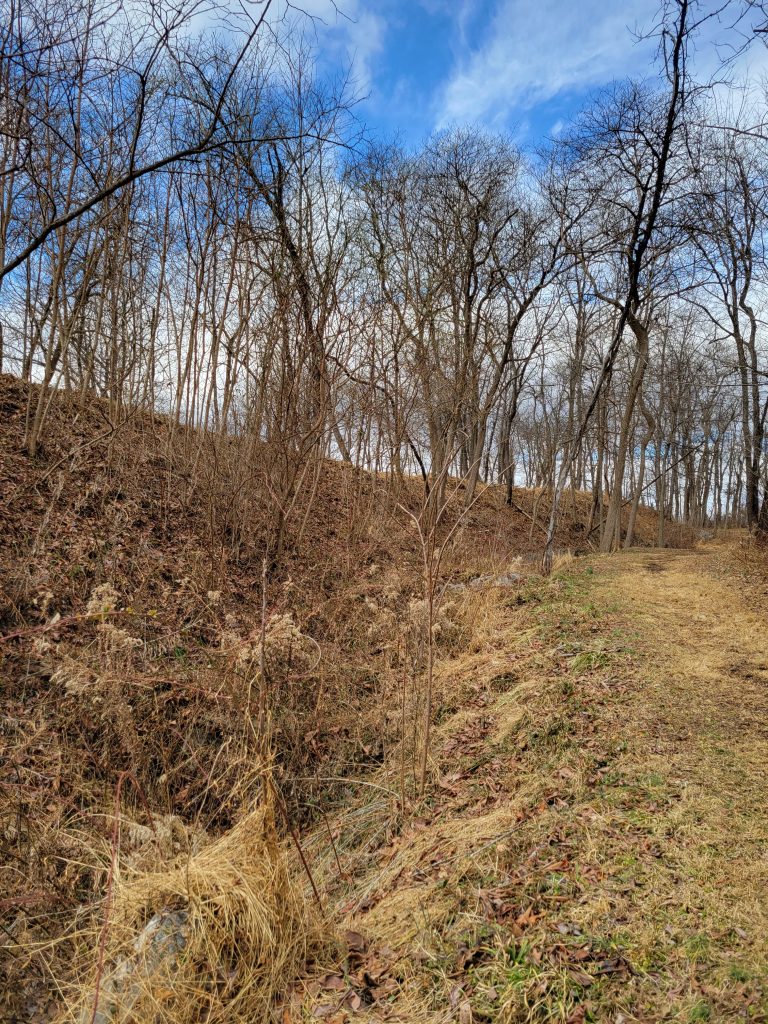
Sources:
[i] Charles H. Lynch, This Cruel War: The Civil War Diary of Charles H. Lynch, 1915. Accessed through Google Books.
[ii] National Park Service, “Civil War Forts of Winchester.” https://www.nps.gov/cebe/learn/historyculture/civil-war-forts-of-winchester.htm
[iii] Charles H. Lynch, This Cruel War: The Civil War Diary of Charles H. Lynch, 1915. Accessed through Google Books.
[iv] National Park Service, “Civil War Forts of Winchester.” https://www.nps.gov/cebe/learn/historyculture/civil-war-forts-of-winchester.htm
[v] William Carey Walker, History of the Eighteenth regiment Conn. volunteers in the war for the Union. Published in 1885. Accessed through Archive.org. Page 118 of the original.
[vi] William Carey Walker, History of the Eighteenth regiment Conn. volunteers in the war for the Union. Published in 1885. Accessed through Archive.org. Page 121-122 of the original.
[vii] National Park Service, Battle Unit Details, 18th Connecticut. https://www.nps.gov/civilwar/search-battle-units-detail.htm?battleUnitCode=UCT0018RI
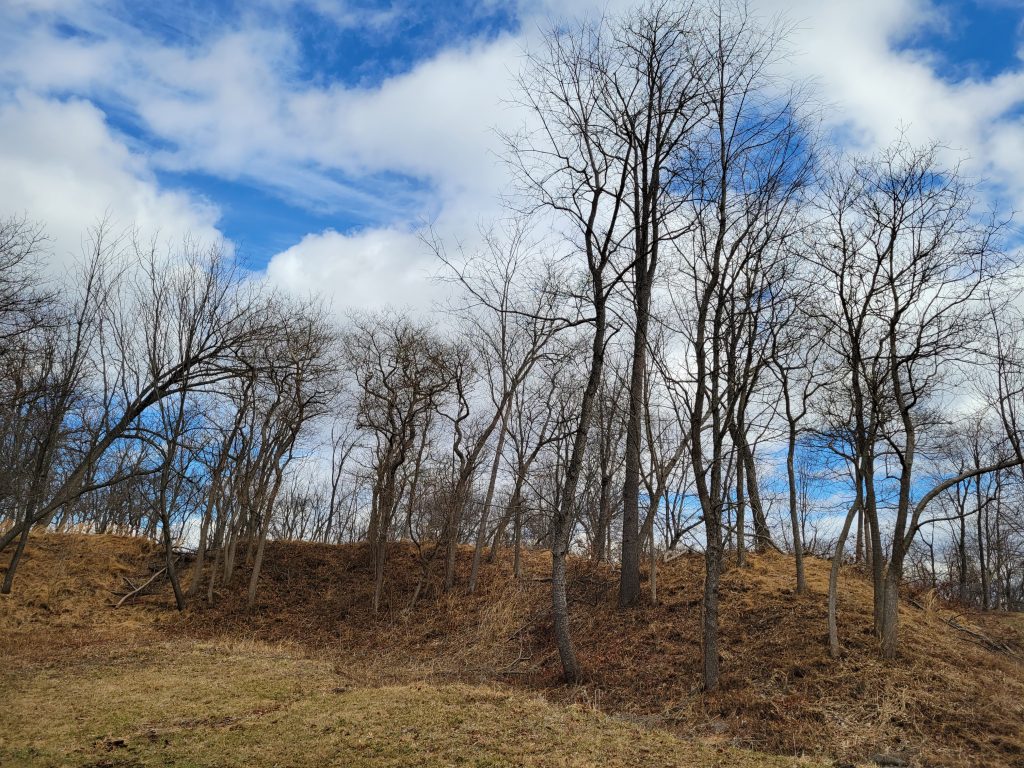
Enjoyed reading about the Star Fort in Winchester. Visited the fort about a year ago. It has been preserved with excellent care. Will be.at ECW in August.
Well done! Star Fort is one of my favorite places on my frequent visits to Winchester for book signings or to lead tours.